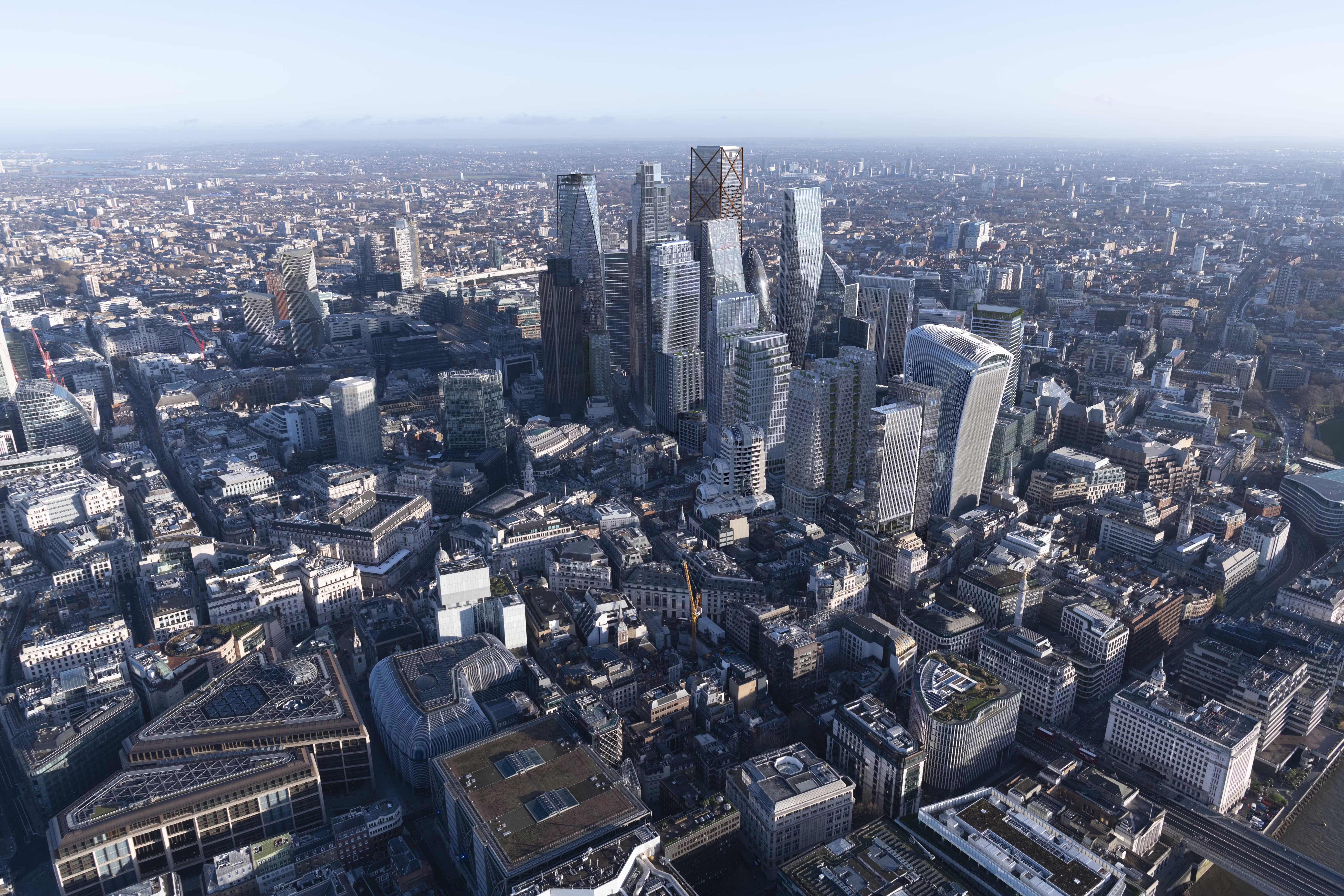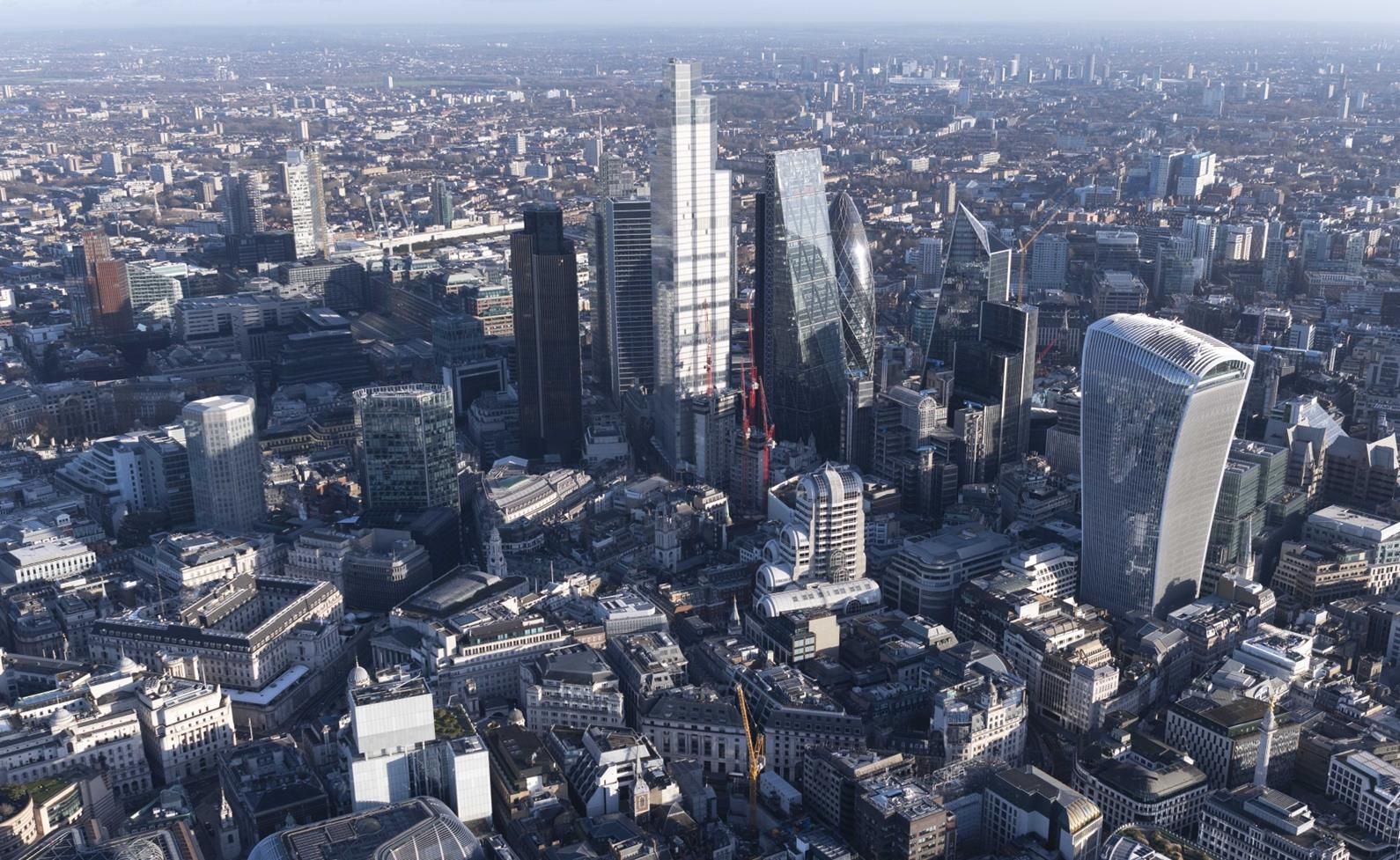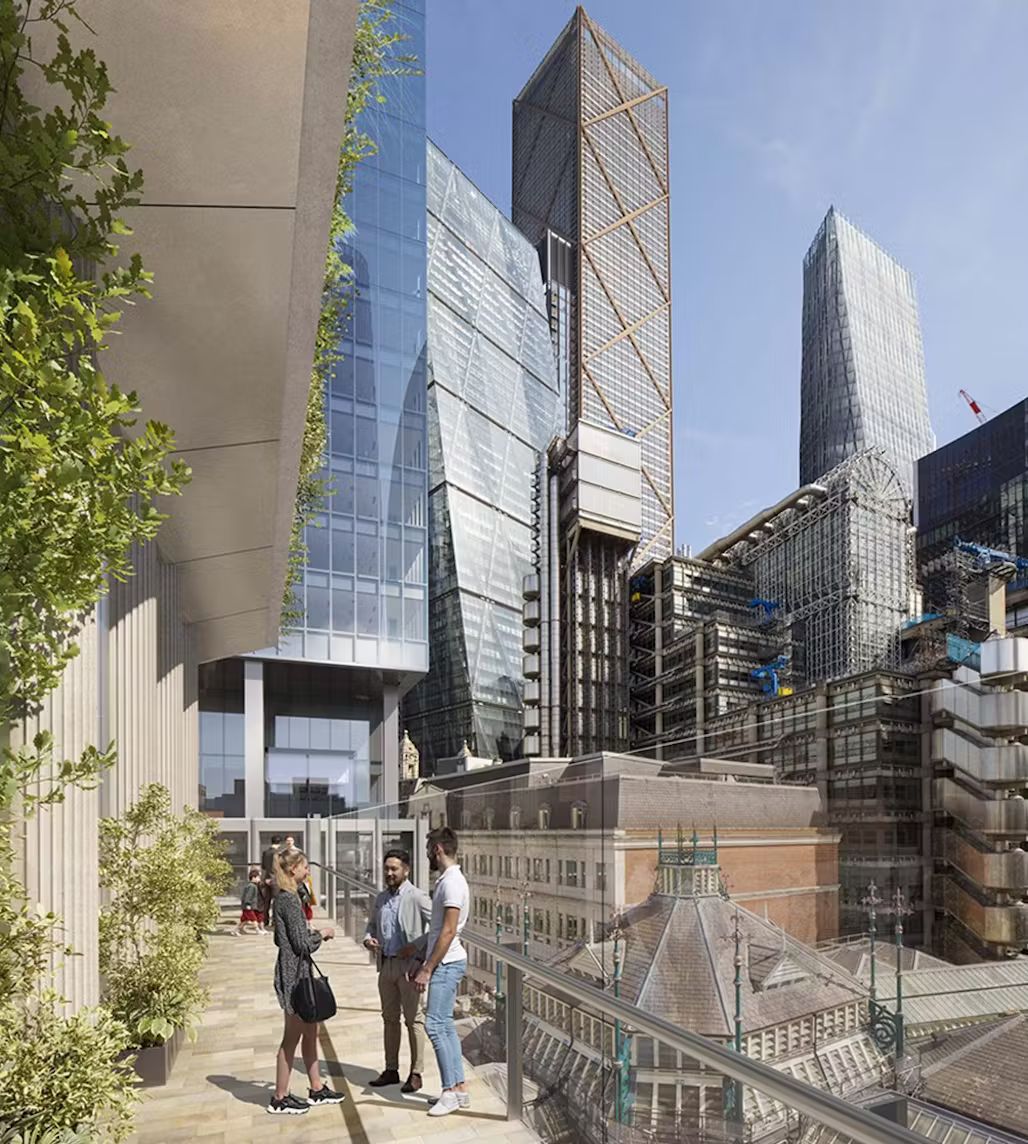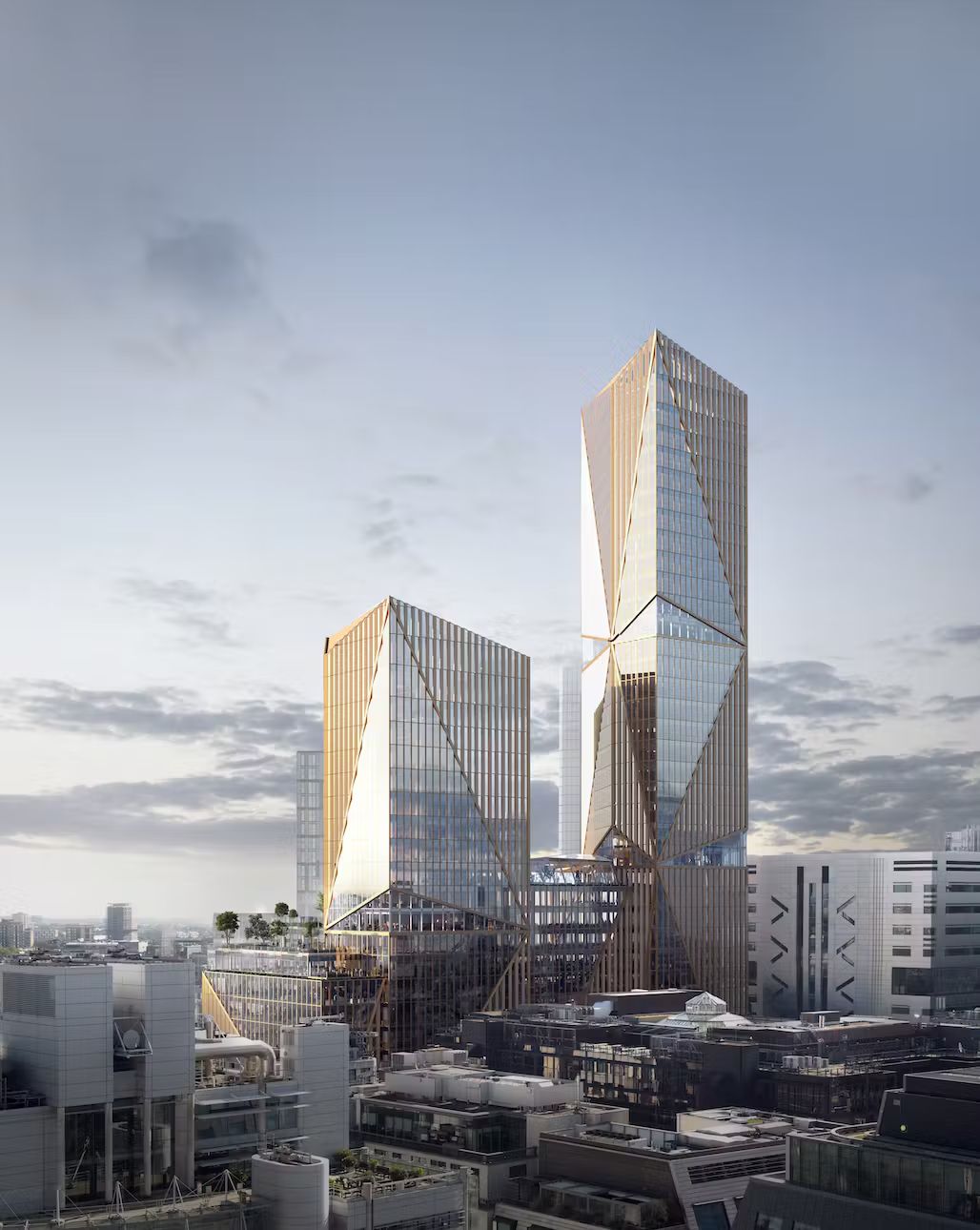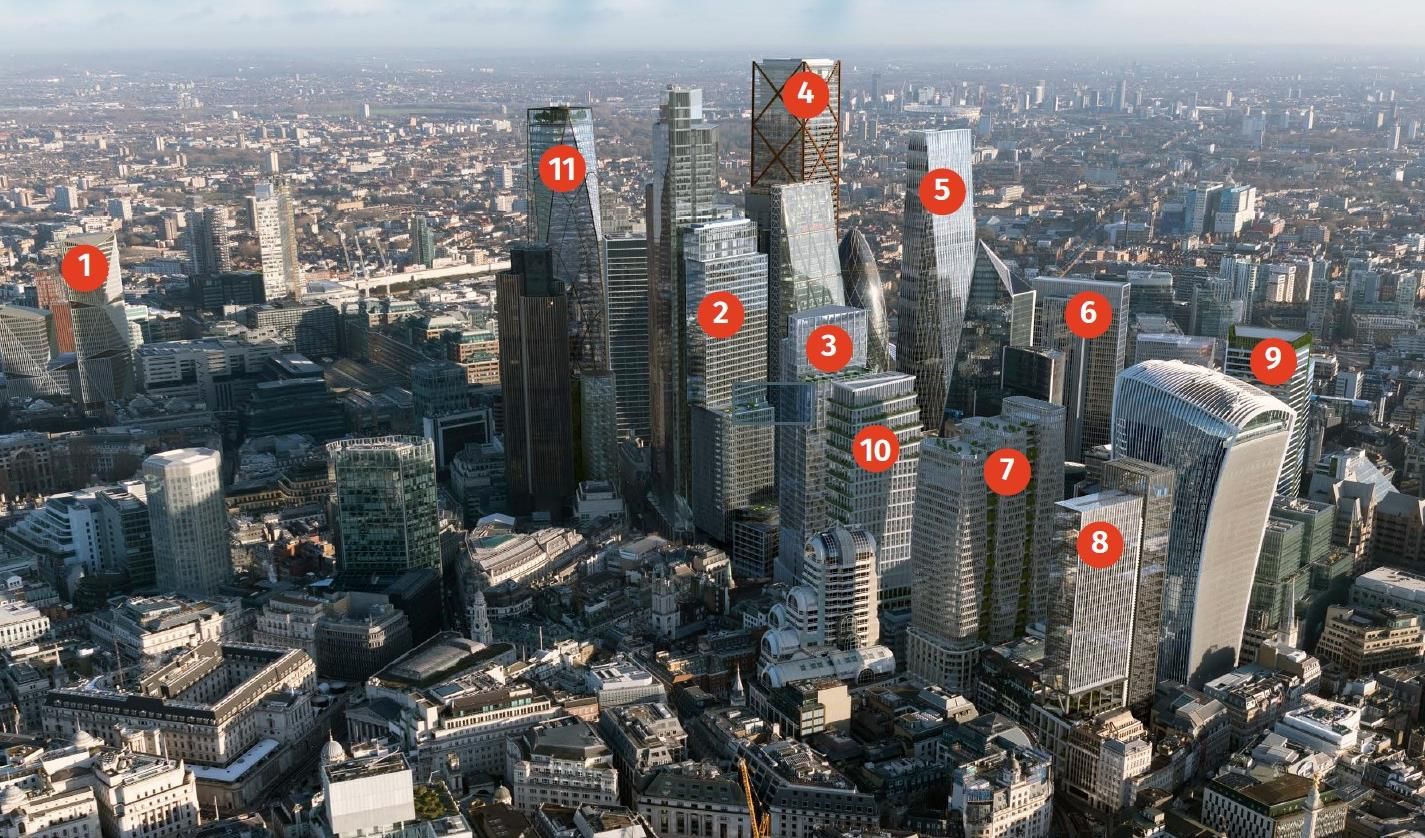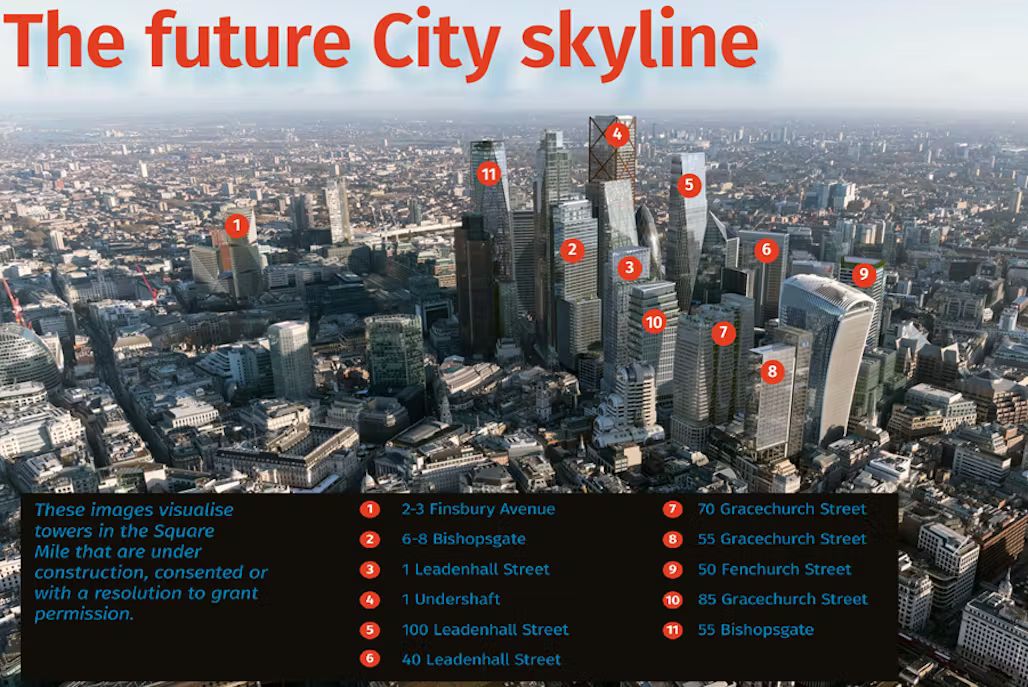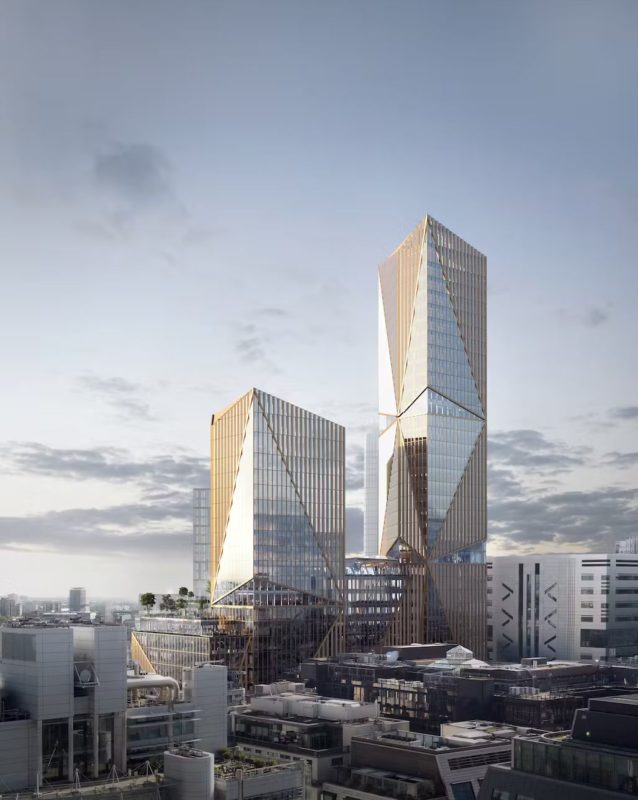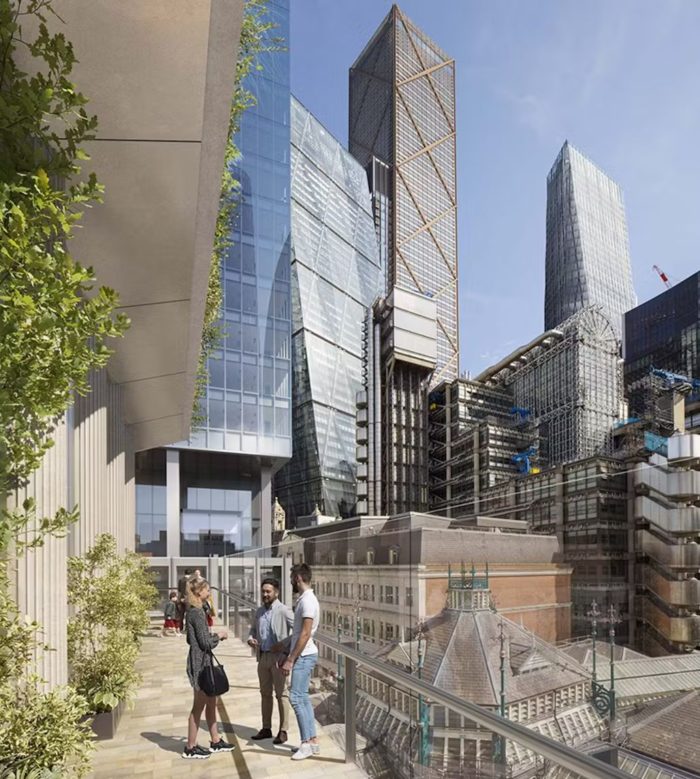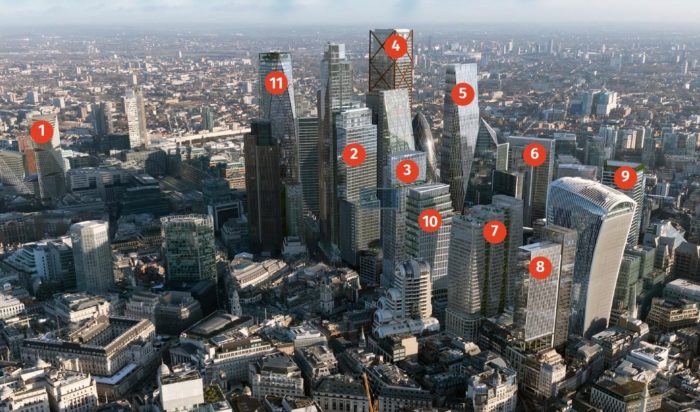The City of London Corporation has unveiled new visual representations of what the Square Mile’s skyline is expected to look like in 2030, as part of their preparations for the completion of a planned cluster of tall buildings by the end of the decade.
Skyline Transformation in The City of London Plan 2040
These plans include the ‘City Cluster,’ consisting of 11 buildings, strategically filling the gap between Rafael Viñoly’s 20 Fenchurch Street (commonly known as the “Walkie-Talkie” tower) and neighboring plots outlined in the local plan. Other significant elements in the City Plan 2040 involve the creation of new pedestrian pathways, public green spaces, additional ground-level retail space, as well as educational and cultural facilities.
Shravan Joshi, the Chair of the Planning and Transportation Committee at the City of London Corporation, remarked, “These new computer-generated images vividly portray the ever-evolving London skyline. They illustrate the enduring presence of the City as a hub for businesses, showing the resilience and prosperity of the real estate sector within the Square Mile, despite broader economic concerns.” Upcoming projects within this cluster comprise the 3XN-designed two-tower scheme at 2 Finsbury Avenue, the construction of the 55 Bishopsgate building by Arney Fender Katsalidis, Eric Parry Architects‘ proposed design for 1 Undershaft, and eight other developments. Joshi added, “Through our flagship ‘Destination City’ policy, we are shaping a culturally rich, inclusive, and welcoming City. These tall towers play a crucial role in accommodating the growing influx of hospitality, leisure, social, and cultural destinations in the City.”
Joshi also highlighted the City Corporation’s successful performance, emphasizing the Built Environment team’s efforts in mitigating risks associated with real estate investment. This includes providing clear policy guidelines, close collaboration with stakeholders, and transparent consultations on projects. The City of London has reported an increase of 29,000 employees in the district since 2021, with an anticipated 85,000 more by 2040. The planned office space is set to exceed 1 million square meters (over 10.8 million square feet) by the end of this development phase.
